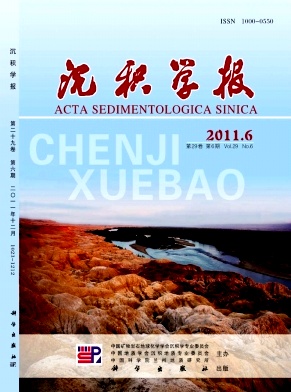Study on the Fracture Distribution and Numerical Simulation of Ordovician Carbonate Reservoir in Block 12 of Tahe Oilfield
- Publish Date: 2011-12-10
-
Key words:
- /
- Tahe oilfield /
- Ordovician formation /
- carbonate reservoir /
- fracture /
- randomizing modeling
Abstract: Block 12 Ordovician reservoir is one of the most important exploration and production area of Tahe oilfield in Tarim basin, however, it is a representative extralowporosity and extralow permeability reservoir and, results in much errors in delineating hydrocarbon zones, and so, it is very difficult to identify the reservoir by using conventional well logging data. Investigations of outcrops, cores and scanning electron microscope(SEM) images and well logging images data show that matrix rocks exist lots of fractures and caves. Furthermore, the fracture is a vital important element in Yijianfang and Yingshan groups, which has two primary effects, i.e. one is reserving space for formation liquid, the other is tunnel for hydrocarbon or water migration. The pore morphology, different size and uneven distribution of reserving spaces subsequently result in very strongly heterogeneous property, so it is vital to study the distribution law of fracture. This paper discussed the characteristics of the fractures, and analyzied the reason of fracture occurring, and the distribution law of fractures. This paper used sequence Gaussian randomizing methods to simulate the fracture parameters, such as porosity, permeability and opening. The threedimensional images of fracture parameters model shows heterogeneous of this reservoir. The simulation result shows that the fractures dramaticlly modify the permeability of the Ordovician reservoir, for the Block 12, the maximum fracture permeability up to 3008.781×103 μm2, and average value, 125.788×103 μm2, The result is in agreement with production data.
| Citation: | Study on the Fracture Distribution and Numerical Simulation of Ordovician Carbonate Reservoir in Block 12 of Tahe Oilfield[J]. Acta Sedimentologica Sinica, 2011, 29(6): 1079-1085. |






 DownLoad:
DownLoad: